A microprocessor-based system has an 8-bit data bus and a 10-bit address bus. It requires a 16-bit output port having two consecutive addresses starting from an even address. Furthermore, address needs to be configurable to any even address between 0X00 and 0xFF.
Assume that the following MSI/LSI components are available in addition to basic logic gates.
- An 8-bit binary magnitude comparator
- Two 8-bit latches with active low clock input and an output enable input
Sketch a block diagram of the output port and briefly explain its operation.
If this question seems to be vague to you (it was to me), I cannot explain it further.
This is what I came up with for my solution to this problem. (I'm not sure whether I have used standard block diagram components/conventions)

Diagram explanation:-
The light blue colour components are the latches and they are activated based on the clock signal The light teal colour component is the comparator that compares A0 bit of the address bus(extended with 0) with "00000000" (Because any even number will end with '0'). And well, lets just say that the "output enable input" has a typo in the original question and is a general input that acts as an enable input for the latch. (ie. new data can be written the latch is enabled and on a rising/falling edge of the clock) D6 is the control signal that tells whether the data bus is used to send an address.